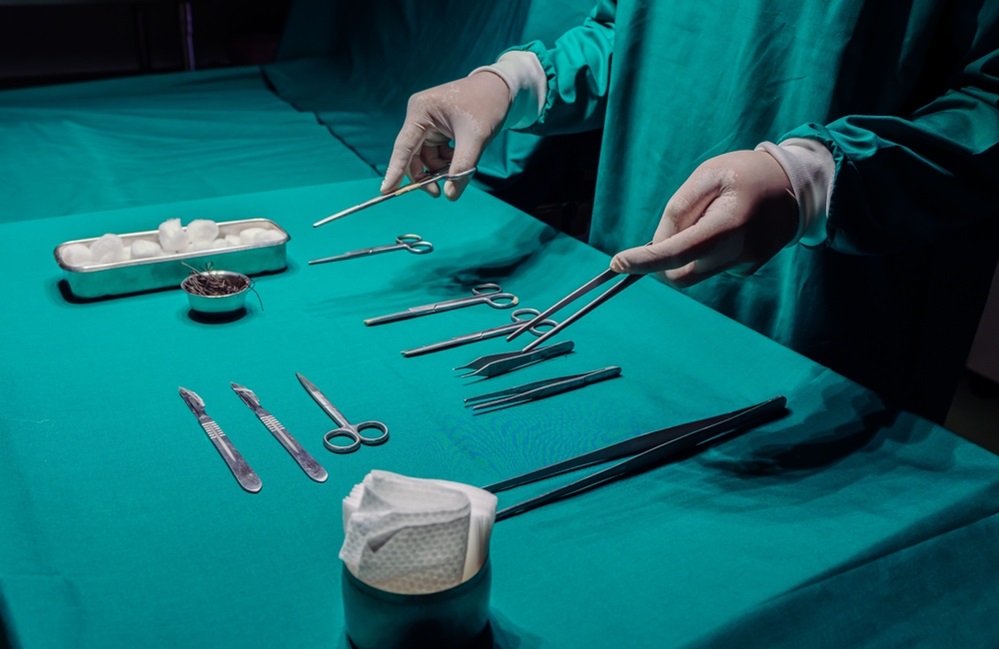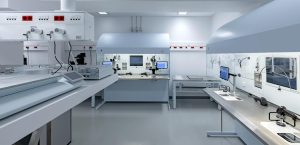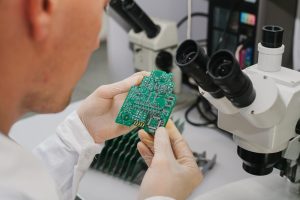Surgical instruments are the unsung heroes of the operating room, pivotal to the success of any surgical procedure. They come in a multitude of shapes, sizes, and functionalities, designed meticulously to aid surgeons in performing complex operations with precision. From the ancient use of rudimentary tools to the highly specialized and sophisticated instruments of today, the evolution of surgical instruments reflects the advancements in medical science and technology. In this comprehensive blog, we will delve into the fascinating world of surgical instruments, exploring their history, types, uses, and the importance of their proper maintenance.
A Brief History of Surgical Instruments
The history of surgical instruments dates back thousands of years. Ancient civilizations like the Egyptians, Greeks, and Romans used basic tools made from materials such as bronze, iron, and even obsidian. These early instruments included scalpels, forceps, and saws, which were rudimentary but effective for their time.
The Middle Ages saw limited progress in surgical instruments, largely due to the influence of the church, which often viewed dissection and surgical practices with suspicion. However, the Renaissance era brought a renewed interest in anatomy and surgery, leading to significant advancements. Surgeons like Ambroise Paré, a French barber-surgeon, contributed to the development of new instruments and techniques, many of which laid the groundwork for modern surgery.
The 19th and 20th centuries witnessed a technological revolution in surgical instruments. The invention of anesthesia and antiseptic techniques dramatically transformed surgery, making it safer and more effective. Instruments became more specialized and precise, crafted from stainless steel and other durable materials. The introduction of minimally invasive techniques in the late 20th century, such as laparoscopy and endoscopy, further expanded the repertoire of surgical tools.
Types of Surgical Instruments
Surgical instruments can be broadly classified based on their function:
- Cutting and Dissecting Instruments: These are designed to cut tissue and dissect anatomical structures. Common examples include scalpels, scissors, and saws. Scalpels, with their sharp blades, are essential for making precise incisions, while surgical scissors come in various forms, such as curved or straight, to cut tissues at different depths.
- Grasping and Holding Instruments: Instruments like forceps and clamps fall into this category. They are used to hold or grasp tissue, blood vessels, or other surgical materials. Forceps can be toothed or non-toothed, depending on their specific use. Clamps, such as hemostats, are vital for controlling bleeding by clamping blood vessels.
- Retracting and Exposing Instruments: These instruments, including retractors and specula, are used to hold back tissues and expose the surgical site. Retractors come in various designs, from handheld to self-retaining, allowing surgeons to keep the incision site open and accessible.
- Suturing and Stapling Instruments: After a procedure, tissues need to be closed and secured. Suturing instruments, such as needle holders and suture needles, are used to stitch tissues together. Surgical staplers are also commonly used for faster and efficient closure of tissues.
- Suctioning and Aspirating Instruments: These are used to remove blood, fluids, and debris from the surgical site. Suction devices, like the Yankauer and Poole suction tips, ensure a clear field of vision for the surgeon.
- Dilating and Probing Instruments: Dilators and probes are used to explore wounds or body cavities and to enlarge openings. Dilators are essential in procedures like urethral or cervical dilation.
- Diagnostic Instruments: These include endoscopes, laparoscopes, and other imaging tools that help visualize internal structures. The development of fiber optics has revolutionized diagnostic instruments, allowing for minimally invasive procedures.
Importance of Proper Maintenance and Sterilization
The effectiveness and safety of surgical instruments heavily depend on their proper maintenance and sterilization. Instruments must be meticulously cleaned, disinfected, and sterilized to prevent infections and ensure patient safety.
- Cleaning: This is the first step, involving the removal of blood, tissue, and other debris from the instruments. Manual cleaning with brushes and detergents is often necessary for intricate instruments.
- Disinfection: After cleaning, instruments undergo disinfection to eliminate most of the remaining microorganisms. This can be done using chemical disinfectants or thermal processes.
- Sterilization: The final and most critical step is sterilization, which ensures all microorganisms, including spores, are destroyed. Common methods include autoclaving (steam sterilization), ethylene oxide gas, and hydrogen peroxide plasma.
- Inspection and Maintenance: Regular inspection for damage, wear, and proper functionality is crucial. Instruments with dull blades, loose joints, or other defects must be repaired or replaced.
- Storage: Sterilized instruments must be stored in a clean, dry environment to maintain their sterility until use.
The Future of Surgical Instruments
The future of surgical instruments is promising, with advancements in technology continually pushing the boundaries of what is possible. Robotics and automation are increasingly being integrated into surgery, with robotic-assisted surgery becoming more common. These systems offer greater precision, flexibility, and control, reducing the risk of complications and improving patient outcomes.
Nanotechnology is another frontier, with the potential to create highly specialized instruments at the molecular level. These nano-surgical tools could perform incredibly precise procedures with minimal invasion.
3D printing is also revolutionizing the production of surgical instruments, allowing for custom-designed tools tailored to specific procedures and patient anatomies. This technology reduces costs and enables rapid prototyping and production.
Conclusion
Surgical instruments are the backbone of modern surgery, enabling surgeons to perform complex and life-saving procedures. Their evolution from simple tools to highly specialized instruments reflects the advancements in medical science and technology. Proper maintenance and sterilization are paramount to ensuring their effectiveness and patient safety. As we look to the future, innovations in robotics, nanotechnology, and 3D printing promise to further enhance the capabilities of surgical instruments, leading to better outcomes and advancing the field of surgery.











